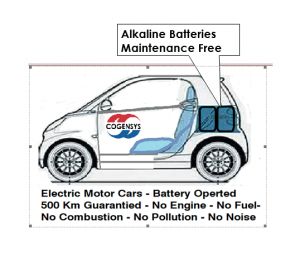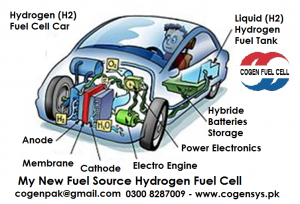By Engr. Khalid Saeed
Principal Design Engineer (CEO) Cogen Consult
36 Years in Power Plants Industries, Member of PEC (Pak 1981), MIE, ASME, ASRAE, IEEE, HVACR, EPA, NFPA,

pollution contributing to 3.7m deaths a year. One study found that car emissions kill 53,000 Americans each year, against 34,000 who die in traffic accidents.


Roughly 85% of the world workers commute by car. Car making was also a generator of economic development and the expansion of the middle class, in post-war.
There are now about 1billion cars on the road, almost all powered by fossil fuels. Though most of them sit idle, America’s car and lorry engines can produce ten times as much energy as its power stations. The internal combustion engine is the mightiest motor in history.
“HUMAN inventiveness…has still not found a mechanical process to replace horses as the propulsion for vehicles,” A A French newspaper, in December 1893 answered to organize the Paris-Rouen race for horseless carriages. The 102 entrants included vehicles powered by steam, petrol, electricity, compressed air and hydraulics.
Only 21 qualified for the 126km (78-mile) race, which attracted huge crowds. The clear winner was the internal combustion engine.

The Big End of IC Engines
But Internal Combustions Engines days are numbered. Rapid gains in battery technology favor electric motors instead. In Paris in 1894 not a single electric car made it to the starting line, partly because they needed battery-replacement stations every 30km or so.
Today’s electric cars, powered by Lion (Lithium-ion) batteries, can do much better. Tesla cars drove 1,000km on a single charge. UBS, a bank, reckons the “total cost of ownership” of an electric car will reach parity with a petrol one next year.
It is predicted that Electric vehicles will make up 14% of global car sales by 2025, up from 1% today. as batteries get cheaper and better—the cost per kilowatt-hour has fallen from $1,000 in 2010 to $130-200 today. Regulations are tightening, too. UK claims to have zero Engine Zero Emission cars by 2050.
The shift from fuel and pistons to batteries and electric motors is unlikely to take that long. The first death rattles of the internal combustion engine are already reverberating around the world—and many of the consequences will be
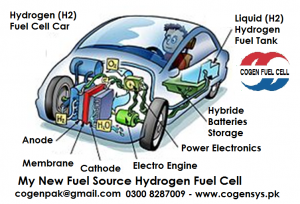
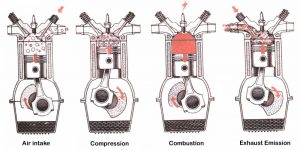
Electric cars are battery & Computer on the Wheels
Electric cars are much simpler and have fewer parts; they are more like computers on wheels. That means they need fewer people to assemble them and fewer subsidiary systems from specialist suppliers.
Car workers at factories that do not make electric cars are worried that they could be for the chop. With less to go wrong, the market for maintenance and spare parts will shrink.
Assuming, of course, that people want to own cars at all electric propulsion, along with ride-hailing and self-driving technology, could mean that ownership is largely replaced by “transport as a service”, in which fleets of cars offer rides on demand. On the most extreme estimates, that could shrink the industry by as much as 90%. Lots of shared, self-driving electric cars would let cities replace car parks (up to 24% of the area in some places) with new housing, and let people commute from far away as they sleep—sub urbanisation in reverse.
Electric cars reduce carbon emissions by 54% compared with petrol-powered ones.

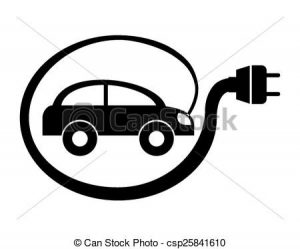
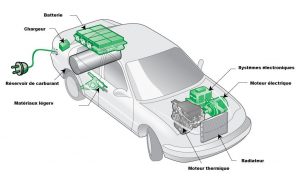
Lube Oil Pollutions auto cracies
And then there is Lube oil. Roughly two-thirds of oil consumption in the world is is on the roads, and a fair amount of the rest uses up the by-products of refining crude oil to make petrol and diesel. The oil industry is divided about when to expect peak demand; Although there will still be a market for natural gas, which will help generate power for all those electric cars, volatile oil prices will strain countries that depend on hydrocarbon revenues to fill the national coffers.
Meanwhile, a scramble for Lithium is under way. The price of lithium carbonate has risen from $4,000 a tones in 2011 to more than $14,000.
Demand for cobalt and rare-earth elements for electric motors is also soaring. Lithium is used not just to power cars: utilities want giant batteries to store energy when demand is slack and release it as it peaks. The old lithium-ion batteries from cars can be reused in power grids, and then recycled.
